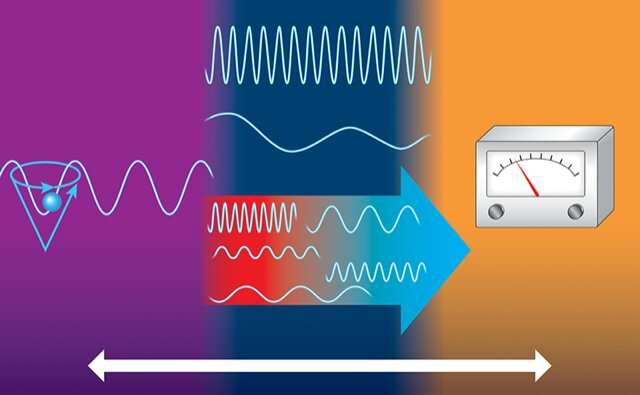New breakthrough in ‘spintronics’ could boost high speed data technology
6. 7. 2020 | University of Exeter | www.exeter.ac.uk
Scientists have made a pivotal breakthrough in the important, emerging field of spintronics – which could lead to a new high speed energy efficient data technology.
An international team of researchers, including the University of Exeter, has made a revolutionary discovery that has the potential to provide high speed, low power-usage for some of the world’s most well-used electronic devices. While today’s information technology relies on electronics that consumes a huge amount of energy, the electrons within electric currents can also transfer a form of angular momentum called spin.

‘Spin-based electronics or ‘spintronics’, that exploits spin current, has the potential to be not just significantly faster, but also more energy efficient. In the new research, scientists from Exeter, in collaboration with the Universities of Oxford, California Berkeley, and the Advanced and Diamond Light Sources, have experimentally demonstrated that high frequency alternating spin currents can be transmitted by, and sometimes amplified within, thin layers of antiferromagnetic NiO. The use of thin NiO layers for transfer and amplification of ac spin current at room temperature and gigahertz frequencies may lead to more efficient future wireless communication technology.
Celý článek na University of Exeter
Image Credit: University of Exeter
-jk-




